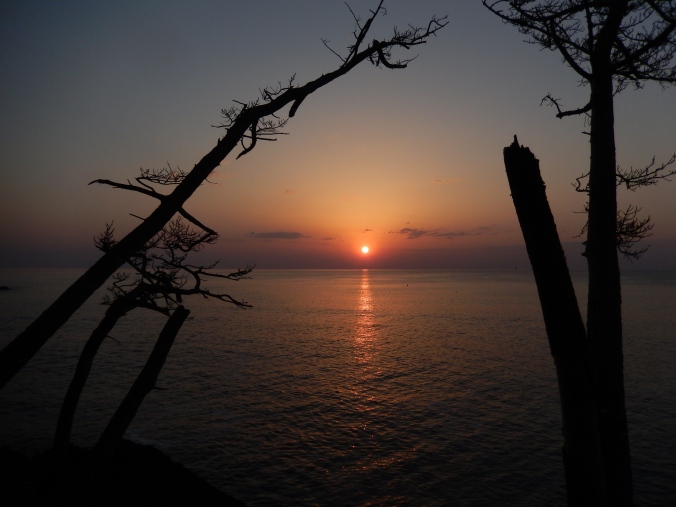By Korellia Schneider
As a foreign ex-pat residing in a largely homogeneous society, I have for the most part, grown accustomed to, and made peace with, the natural (and sometimes unnatural) curiosity that is sparked by simply being oneself and being here, in this island nation, of all places. Through various interactions with transplants and natives alike, I have come to learn that one of the easiest conversation-starters, in any language, is to ask, “Where are you from?”
I fulfill their expectations most of the time when I tell them of my American origins. “Where do you live in Japan?” they proceed to ask, once they know I am not a tourist.
And I hesitate for the briefest of moments.
My home away from home is little known amongst fellow foreigners. (Admittedly, I had never even heard of it before receiving my JET placement last year.) Amongst Japanese people, its reputation is based primarily on its tragic history in the Great East Japan Earthquake.
“Minamisanriku.” My answer often elicits a reaction of astonishment, sometimes tinged with pity.
Minamisanriku is more well-known for what it has lost than for what has ever made it so beautiful. The tsunami devastated the town, the effects of which are still achingly apparent three years later. (I was not in Minamisanriku during the earthquake and subsequent tsunami.) But it retains much to be admired.
Thus it was in early May during Golden Week that, rather than brave the crowded, overhyped tourist hotspots, I took the chance to experience some of that very beauty in my own backyard. I found myself at 4am, after a night of barbecuing and drinking with friends on the campground, standing on a ledge overlooking Kamiwarizaki, “The Land Divided By God.” I had been there before, but never in the wee hours.
Nestled between mountains and sea along the modern-day border sectioning Minamisanriku and Ishinomaki, the scenic spot is, according to local legend, the historical site of two feuding villages. As the classic tale claims, the neighboring villages had long been embroiled in a bitter dispute over land.
One day, a beached whale appeared, right between the two villages. Both greedily wanting to claim the whale for its precious resources, the dispute escalated. By nightfall, the dispute remained unresolved. As the rival villages slept, a thunderous sound tore through the air. They awoke to find the whale, and the land upon which it lay, divided in half, split clean through by divine force. At last, the villages forged a truce, agreeing to share the whale and establish the border along the division.
I tried to envision all this as I listened to the waves crash against the rocky shore, watching darkness give way to light, a curtain gradually lifting. At certain periods during the year, if one has fortunate timing, the sunrise can be seen as it makes its debut perfectly centered between the cliffs, creating a frame. Such was not an occasion for me, but the sunrise was no less captivating.
My friends and I sat in silence, taking in the view.
For a short while, matters of geography did not matter so much. I did not think about Japan or America, Minamisanriku or my own anonymous hometown so far away. I did not dwell on cultural divides or languages barriers, nor borders between here and there.
It was a moment of peace.

